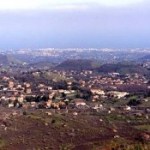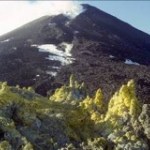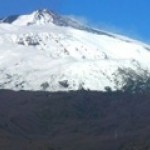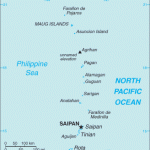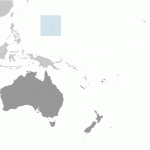guest blogger
M. is due with her baby any minute now, so at some point there may be a hiatus, but for now, she's got a lot to say about what her family is thinking about. You can read her bio here.
This week I did some very hard work for this class. I have to admit, it wasn't anything exactly on the homework, but there is a hard decision my family needs to make and this class has allowed me to approach it from a new angle and I think opened up the discussion more between me and my husband. Basically, we have to decide whether to stay in Maryland, where we have a lot of friends, a pleasant house…
M.'s latest update (see the first post for her bio) on what it is like to take the class. It is funny - I always worry I'm not providing enough reading material for people. Apparently that may not be a critical issue ;-).
This class is very different from any other I've taken. There are a lot of suggested readings, let's just say many of them have been posts from Sharon's blog and we know how long those can be! But there's also the class discussion, which is online. That alone is new to me, I've never taken an online class before.
Something I'm noticing every…
The final part of Etna Week, brought to us by guest blogger Dr. Boris Behncke. Check out Part 1 and Part 2 as well!
Etna Volcanic hazards
By guest blogger Dr. Boris Behncke.
Etna is one of the most active volcanoes on Earth, and a population of nearly one million people dwell on its flanks, many in areas that have been repeatedly invaded by lava flows during the historical period. A few villages have been constructed very close to the vents of eruptions only a few hundred years old.
Top: Residential areas surrounding numerous pyroclastic cones on the lower southeast flank of Etna, seen…
This is Part 2 of 3 from guest blogger Dr. Boris Behncke. Check out Part 1 here.
The current dynamics and activity of Etna
by guest blogger Dr. Boris Behncke
The recent behavior of Etna is characterized by nearly continuous eruptive activity from the summit craters and eruptions from new vents on the flanks at intervals of a few years to decades. Summit eruptions vary from quiet lava emission to mild Strombolian explosions to high-discharge-rate Hawaiian to sub-Plinian style lava and fire fountaining accompanied by the emplacement of fast-moving lava flows; usually the strongest activity…
Etna Week Part 1
Mount Etna - Brief Anatomy of an Exceptional Volcano
By guest blogger Dr. Boris Behncke.
Italy truly deserves to be called "the Cradle of Volcanology" - not only because it hosts virtually all existing types of volcanoes and volcanic rock compositions, and seven of its volcanoes have had confirmed eruptions during the historical period (i.e. the past approximately 2700 years), but also because the earliest surviving eyewitness account of an eruption was written in Italy, the first volcano observatory and the first geothermal power plant were built in Italy, and three…
Italy's Mt. Etna erupting in November 2006.
Well, I am currently off in the wilderness, but that doesn't mean that things aren't still hopping here at Eruptions. We are lucky to have Dr. Boris Behncke of the INGV Catania as that blogger and he brings us a three-part series on Mt. Etna on the island of Silicy. That means this week is Etna Week here on Eruptions, so for all of you chomping at the bit for more information on the Italian volcano, you are going to get it (and then some).
modern-day satellites who can watch that same summit from space.
I think you're all going to love this series…
Our tour of the Marianas begins SW of Guam. In this area the volcanoes are submerged and make up a region known as the Southern Seamount Province. Our first stop is Tracey Seamount, which lies 30 km west of Guam. Tracey is a ~2 km tall cone and volume of ~45 km3 It is one of the smaller volcanoes in the Mariana arc; Pagan, contains about 2200 km3 of material (Bloomer et al., 1989). It has a sector collapse on its western flank and resembles a submarine Mt. St. Helens. It was investigated by the ROV Hyper-Dolphin from the R/V Natsushima in Feb. 2009, which revealed that the cone is map up of…
This week I welcome Dr. Ed Kohut as a guest blogger here on Eruptions (while I am off in the Sierras doing some field work). I've known Ed for 10 years now - we were both graduate students in igneous petrology at Oregon State University - and we are both Massachusetts natives. Ed was in the Coast Guard before getting degrees at University of Rhode Island and Boston University before heading of to Oregon State for a Ph.D., where he worked on melt inclusions in minerals. One of his major research areas is magmatism in the Mariana Islands and he was nice enough to put together a look at the…
